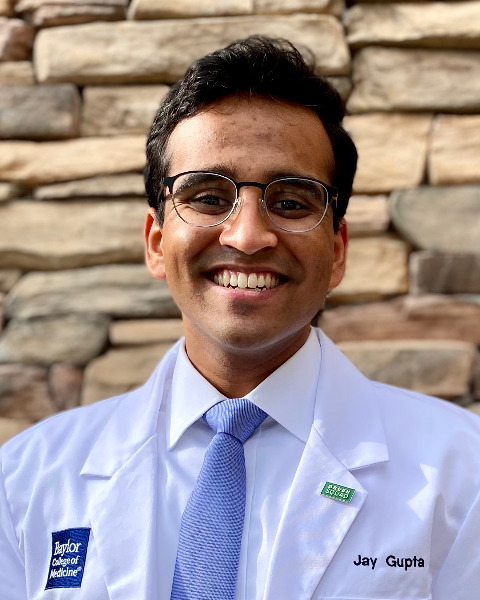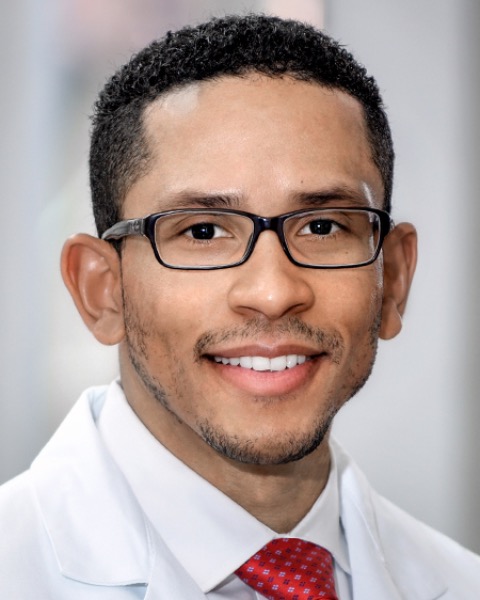SIR 2025
General IR
Scientific Session
Structured Daily Operations Huddle to Reduce Interventional Radiology Suite Idle Time

Jay F. Gupta
Medical Student
Baylor College of Medicine, United States- AB
Ashkan Berenji, DO
Assistant Professor
Baylor College of Medicine, United States 
David Leon, MD (he/him/his)
Assistant Professor
Baylor College of Medicine, United States- DW
David Wynne, MD
Associate Professor
Baylor College of Medicine, United States - MG
Mohammad Ghasemi Rad, MD
Assistant Professor
Baylor College of Medicine, United States
Presenting Author(s)
Author/Co-author(s)
There is an increasing demand for high-quality, accessible, and affordable healthcare services. Time-driven activity-based costing analysis from our group has shown a cost of ~$57 per minute in the IR suite with an average turnaround time of 40 minutes between cases. Thus, our purpose was to evaluate the role of a structured daily operations huddle in reducing IR suite idle time.
Materials and Methods:
We implemented a structured daily operations huddle each morning prior to the first case, involving a multidisciplinary team: a staff physician, chief resident, advanced practice providers, IR technologists, nursing staff, and the department operations manager. Huddles lasted ~15 minutes and followed a script to review case volume, staffing, and safety or equipment/supply concerns. We tracked start time of the first case and turnaround times for subsequent cases, establishing a target of < 30 minutes between cases in the same room. This study focused on three rooms: a monoplane fluoroscopy suite for body cases, a biplane fluoroscopy suite for neuro-interventions, and an ultrasound-guided procedure room. Data were collected from January 2023 to August 2024.
Results:
The daily huddle improved both first case on-time starts (FCOTS) and turnaround times (TAT). The body room achieved FCOTS of 97.5% (n=355 cases) and average TAT of 34 minutes (n=1671), with 53.9% of cases meeting the 30-minute TAT goal. The neuro-interventions room had FCOTS of 93.7% (n=350) and average TAT of 37 minutes (n=1295), with 48.0% of cases within the target TAT. The ultrasound room reported FCOTS of 84.3% (n=363) and average TAT of 33 minutes (n=1328), with 57.8% of cases achieving the TAT goal. Cases with TAT exceeding 90 minutes were excluded from analysis, as they likely indicated that a patient was unavailable for procedure. Overall, combined FCOTS was 91.8% (n=1068) and average TAT was 35 minutes (n=4294), with 53.3% compliance with the 30-minute TAT goal.
Conclusion:
By encouraging team alignment and proactive risk mitigation, this initiative contributed to greater operational efficiency, demonstrating its potential as a sustainable quality improvement strategy in IR practice.


.jpg)